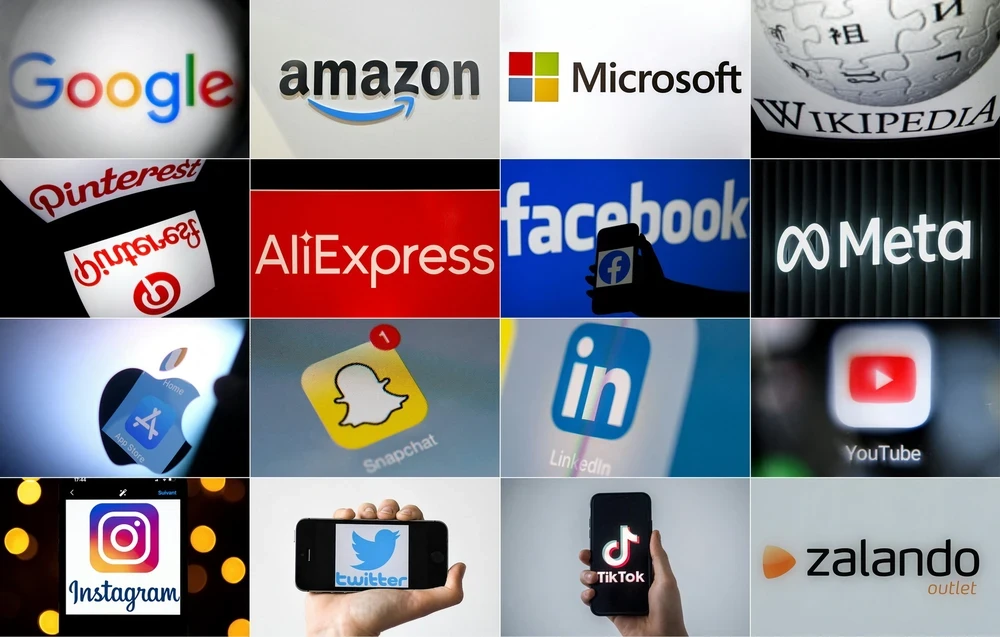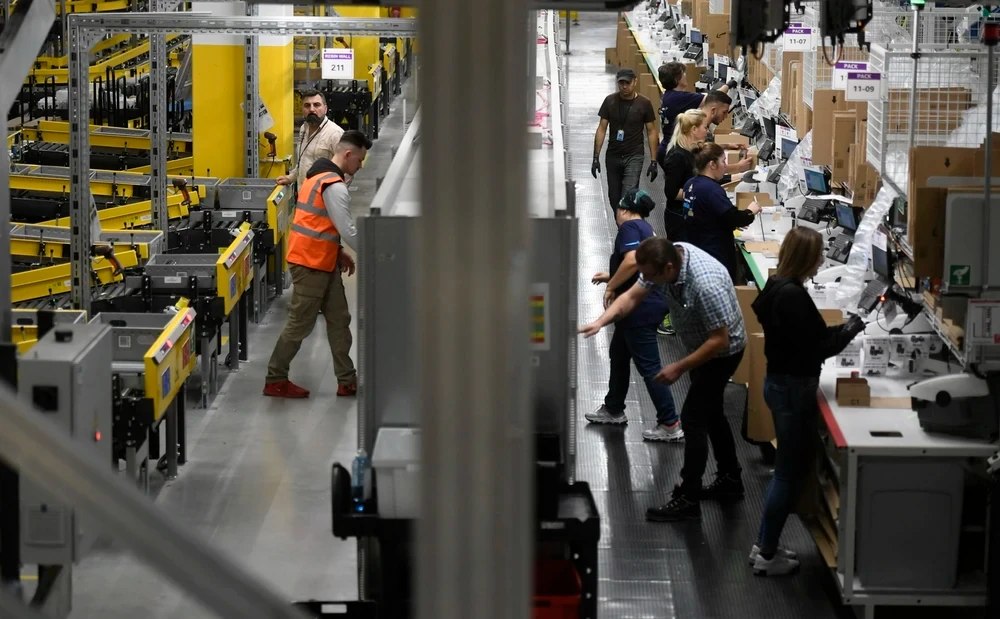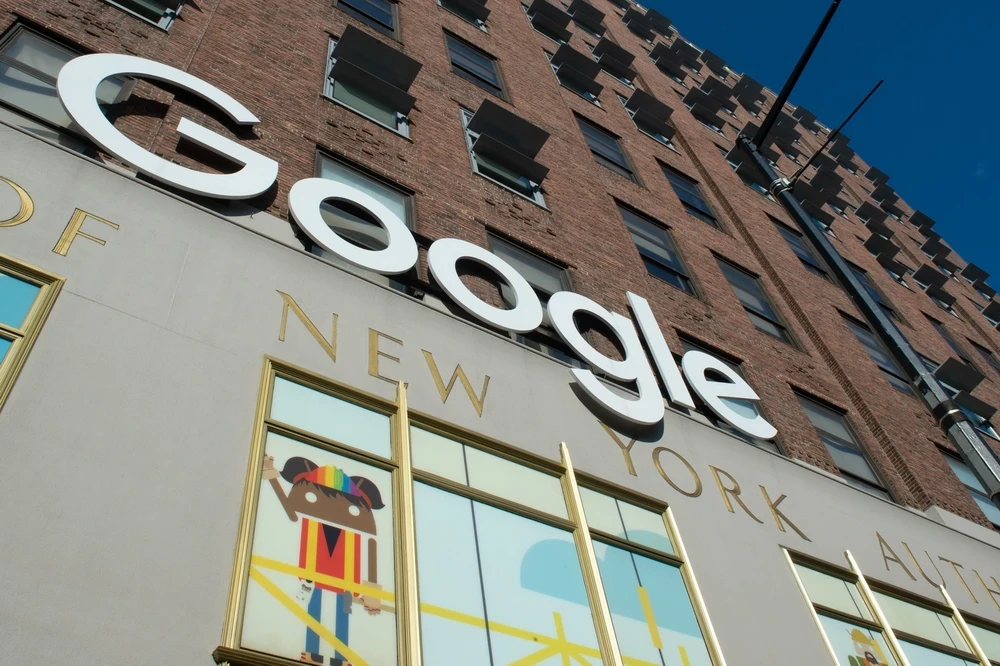Continued workforce upheaval in the tech industry could lead to increased risk of instability as AI is forecast to reshape business conditions in the coming years.

Snap, which operates the youth-focused social media platform Snapchat, said on February 5 that it is laying off about 10% of its staff.
This is the latest name to join the "wave" of job cuts in the technology sector.
A day before announcing its quarterly earnings, Snap announced that nearly 10% of its global workforce would lose their jobs.
“We are restructuring our organization to reduce hierarchy and promote direct collaboration,” a Snap spokesperson said.
According to Snap, the company had more than 5,300 employees as of early November 2023. In 2022, Snap cut 20% of its staff.
In recent years, Snap has made a concerted effort to compete for advertising revenue with social media platforms like Meta's Instagram, Google's YouTube and TikTok.
After launching in 2011, Snapchat has become a popular platform for many, especially young smartphone users, allowing people to share moments as photos or videos in messages that automatically delete after being viewed.
The platform also innovated with the use of filters for shared content, but its expansion into hardware devices like drones and high-tech eyewear has been unsuccessful.
According to the tech industry tracking website layoffs.ai, 32,000 jobs have been lost in the tech sector since the beginning of the year.
Amazon's recent massive layoffs underscore the tech sector's downturn after the COVID-19 boom.
Amazon is one of the companies that has benefited greatly from the sudden shift of consumers to online shopping and the widespread shift to the cloud by businesses, said Nicole Tanenbaum, partner and chief investment strategist at Checkers Financial Management.
During this period, Amazon's profits skyrocketed along with its workforce and focus on expanding services and markets.

Amazon’s workforce grew by 310,000 people from 2020 to 2021, an increase of nearly 25%. But as the pandemic subsided and the economy normalized, Amazon’s earlier investment decisions were no longer aligned with slowing revenue growth, changing consumer spending habits and rising cost pressures from inflation.
Amazon is also facing a major leadership transition.
Jeff Bezos, Amazon's founder and longtime chief executive, stepped down as CEO in 2021.
Andy Jassy, who headed Amazon's most profitable cloud business, AWS, then took over as CEO.
Amazon's layoffs over the past few years have totaled more than 27,000 jobs.
The latest cuts are due to financial constraints, in contrast to the heavy spending during COVID-19.
For example, Amazon spent $8.5 billion to acquire MGM, one of the most iconic movie studios in Hollywood, in 2022.
Meanwhile, social media company Meta has also cut more than 20,000 jobs since the end of 2022 to cope with declining advertising revenue as well as to improve its business operations and cost structure.
In the same situation, Google has cut more than 10,000 jobs in the same period.
The tech giant announced on January 11 that it would lay off hundreds of employees across its digital assistant, hardware and engineering teams, as the company aims to cut costs and focus on its biggest priorities.
According to industry experts, changes in recruitment activities based on AI technology offer opportunities to improve the recruitment process for both companies and candidates.

Recruiters spend a lot of time searching for ideal candidates. Screening through resumes to identify the right person for a job position is a time-consuming and tedious process.
In addition, writing job descriptions that both attract candidates' interest and comply with regulations and other requirements also requires a lot of time and skills.
Additionally, job seekers often complain about the long recruitment process.
Given these issues, leveraging AI to find the most suitable candidates will certainly improve the experience of all parties involved in the recruitment process.
But with every new technology comes potential risks. Experts warn that while AI can solve certain problems in the recruiting process, it shouldn’t be expected to completely “revolutionize” the way companies hire new employees.
According to the 2023 recruiting report by Criteria, a software and human resources company, only 12% of human resources professionals currently use AI in their recruiting and talent management processes.
While AI tools that put workers out of work have been a major concern not just in Silicon Valley but in many other sectors over the past year, not all recent layoffs in the tech industry have been directly related to AI tools replacing humans.
However, many of the recent job cut announcements come shortly after these companies revealed major investments in AI technology, amid a push to reallocate resources, and a growing number of tech companies have explicitly cited AI as a reason for rebalancing their headcount.
Continued workforce upheaval in the very industry that created AI could lead to increased uncertainty as the technology is expected to reshape business conditions in the coming years.
The latest tech job cuts are happening across a wide range of positions and at both Big Tech companies and small startups.
Tech giants like Google and Amazon have announced mass layoffs, affecting hundreds of workers across various business divisions.
News of the job cuts at Google and Amazon comes months after both companies separately announced multibillion-dollar investments in AI startup Anthropic.
Meanwhile, social platform Discord said it is cutting 17% of its workforce.
Unity Software, the maker of technology used in popular mobile games like Pokemon Go, said it was cutting 25% of its workforce, while language learning app Duolingo said it was laying off about 10% of its contract workers.
Last year, companies including Chegg, IBM and Dropbox cited the advent of AI as reason to rethink HR.
More recently, Duolingo and even Google have made similar proposals as they look to pool resources to capitalize on the AI boom.
As the full impact of AI on the labor market is still emerging, researchers say hundreds of millions of jobs globally could be affected, although the technology could potentially create new and different jobs in the future.
Economists at Goldman Sachs say up to 300 million full-time jobs worldwide could be lost due to the development of innovative AI technology, and knowledge workers appear to be most at risk.
A separate study also found that women's jobs could be disproportionately affected by corporate AI adoption in the coming years.
HA (according to Vietnam+)